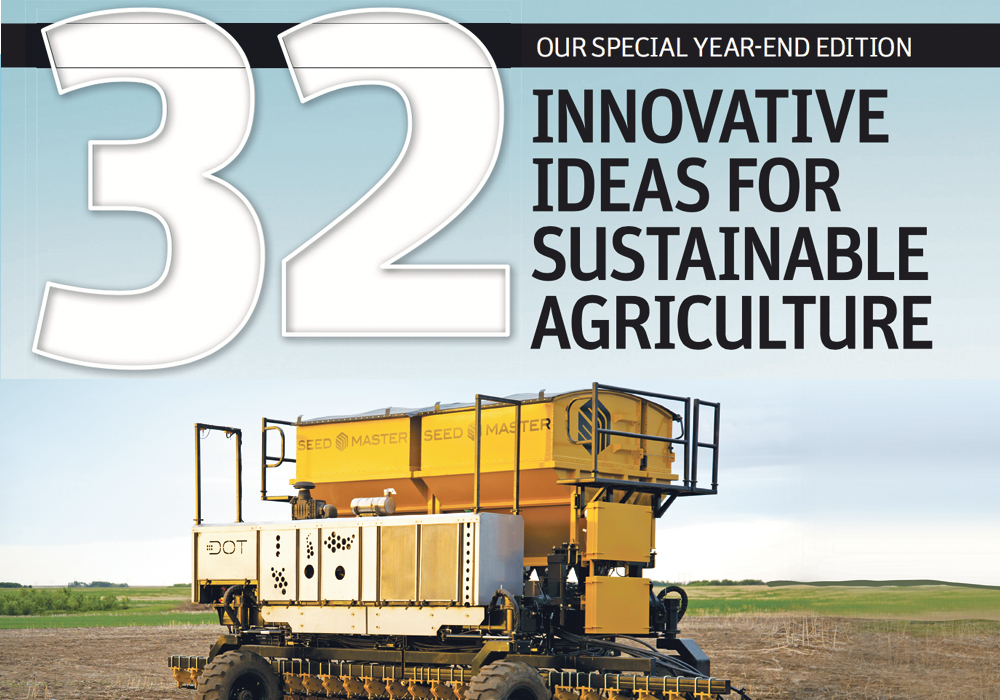Lasers to deter birds in Canadian orchards are one innovative way to handle beasts that can damage crops.
But birds are small. You know what’s large?
Elephants.
True, elephants on the Prairies aren’t a problem. But elephants in Africa are — and they’re without a doubt the largest pest farmers have to deal with.
In fact, elephants are capable of destroying an entire crop in one night if they manage to break into a plantation and gorge on bananas or nuts. It can be devastating for African farming communities.
Read Also

New coal mine proposal met with old concerns
A smaller version of the previously rejected Grassy Mountain coal mine project in Crowsnest Pass is back on the table, and the Livingstone Landowners Group continues to voice concerns about the environmental risks.
Other stories in The 2017 Innovation Issue:
-
- New genetic tools offer way to restore cattle vigour
- Technology can help breed better cattle
- Biotech companies prospecting for microscopic gold mines
- Bee buzzes critical to calculating crop pollination
- Fungus could aid plant growth, reclaim oil sites
- Cracking the megapest genetic code
- Genetic mapping vs. genome sequencing
- French robot prowls the chicken coop so you don’t have to
- New laser technology proves successful for B.C. orchard
- Diamondback moths focus of Cornell study
- VIDEO: Print your own parts?
- Bees may be serving up humanity’s next big food … and it isn’t honey
- Big doubts about big data
- The little plane that did
- Soil mapping soon to be more usable
- Managing fields could soon move to plant level
- GM pollen: it gets around
- Autonomous vehicles not on the radar for most farmers
- Farm wi-fi connectivity opens new world of possibilities
- Nanotechnology to alter animal health, food systems
- As big data comes to the farm, are policy makers keeping up?
- Farmers not rushing to grab digital tools: survey
- Connecting the DOTs
- Hands-free field test
- Researcher understands farmer doubts about hands-free farming
- The trouble with telematics
- Sensor sensibility
- The discovery that could shake up the beer industry
- Grow your own clothes
- Blockchain technology offers food safety, traceability and more
- Supercluster makes big innovation pitch
- Quicker, cheaper biofuel production in the works
- Alternatives to livestock antibiotics are difficult to assess
- A revolution is coming
Enter a different type of innovation to deter animals that can damage crops.
The Commonwealth Scientific Industrial Research Organization (CSIRO), an Australian research agency, learned of this problem and realized there wasn’t much out there to stop the massive creatures from munching.
To find a solution, CSIRO partnered with Olam International to develop a deterrent that would protect crops but not harm the animals, which have seen their numbers sharply decline due to poaching and habitat destruction.
The deterrent they developed is called Vertebrate Pest Detect-and-Deter, or VPDaD for short. It’s a motion sensor device equipped with cameras that can take regular photos and heat images.
When the device realizes an elephant is nearby, it emits light and makes noises, which are things elephants don’t like, according to CSIRO’s website.
But the VPDaD goes one step further. If an elephant gets used to the noise that the device is making, it will sound off another noise, and keep sounding off different noises until the elephant is truly scared. The device then remembers to use that same noise again if an elephant returns.
After doing tests in Gabon, Africa, researchers determined the VPDaD was a success.
Now, they’re going to see if the devices can work in Australia to deal with pests there by conducting trials with businesses and farms.
If it works, animals like rabbits, feral pigs, wallabies, foxes, and dingoes may no longer be taking massive bites out of farmers’ fields and pocketbooks.


















